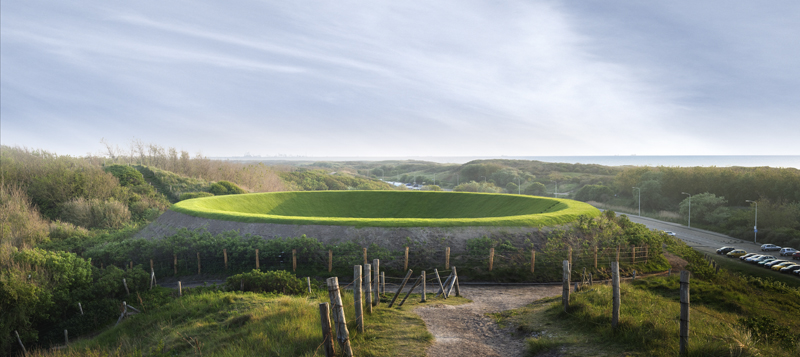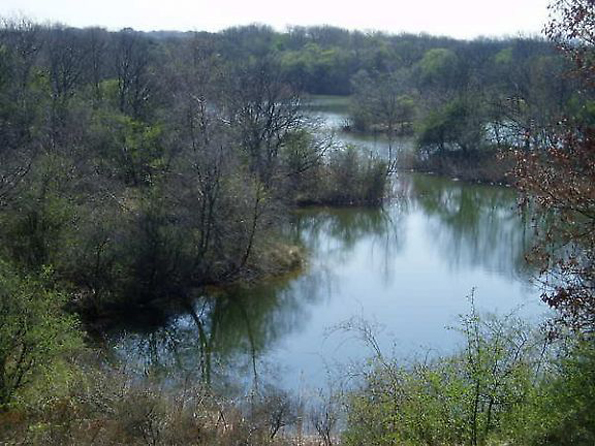Vytautas Michelkevicius curator in residence in The Hague (NL)
| 2014-01-27 16:47:10
Since the end of 2013 Satellietgroep is programming two of the Gueststudios at De DCR in The Hague. Satellietgroep visited Nida for research in January and curator Vytautas Michelkevičius is currently resident at DCR Gueststudio in The Hague.
Curator, art and media researcher, lector at Vilnius Academy of Art and former artist Vytautas Michelkevičius (LT) holds a PhD in Communication and Media studies from Vilnius University. Since 2011 he is artistic director of Nida Art Colony – artist in residency and experimental education space on the Baltic Sea Coast in Lithuania. At the moment he is doing post-doctoral research on artistic research as intersection between art practice and humanities and social sciences.
www.nidacolony.lt
www.gueststudio.com | www.dedcr.nl
During 'Guest Who #1' Satellietgroep and Vytautas Michelkevičius, curator of Nida Art Colony in Lithuania will introduce the collaboration and the concept of the Inter-format Symposium, so join if you are interested and/or want to submit to the Open Call.
INVITATION 12 FEBRUARY 'GUEST WHO#1'
Location: Zaal 3, De Constant Rebecqueplein 20A, The Hague
Time: Entrance open 19:30 start program 20:00 until 21:30, 22:00 drinks
Entrance: Min. € 3,50 - Max. € 7,50 p.p including a drink!
Purchase the show collectively with all other visitors by pitching in your share. The more visitors, the cheaper the ticket, so bring all your friends and colleagues to lower the ticketfare! Tickets can be purchased on the 12th at the door.
Organization: Wander, Satellietgroep and Zaal 3 - Theater aan het Spui.
'Guest Who' is an informal yet substantive evening where the audience will be served a whole range of impressions on the upcoming cultural activities, exhibitions and residencies in The Hague. During this monthly evening an ever changing selection of The Hague based initiatives will blurb and blab about their upcoming program. Afterwards there´s a meet, greet & drink with the artists/curators at the bar. Join us for the upcoming edition February 12th in Zaal 3 and hear all about Wander, Satellietgroep, Theater aan het Spui and 't Gras van de Buren.
Satellietgroep is part of the curatorial board and in collaboration with Nida Art Colony is currently developing the Inter-format Symposium at Nida in Lithuania called 'On Flux of Sand and Aquatic Ecosystems' in May. Both Satellietgroep and Nida Art Colony are located in coastal transition areas, in which on local scale man-made ecosystems are enormously affected by worldwide prospects of climate change, shifting economics, politics and tourism.
OPEN CALL FOR CONTRIBUTIONS TO INTER-FORMAT SYMPOSIUM:
ON FLUX OF SAND AND AQUATIC ECOSYSTEMS
Inter-format Symposium 2014 at Nida Art Colony Lithuania
May 22–25, 2014, Nida, Lithuania. Deadline for proposals is February 15.
Curatorial Board: Rasa and Raitis Smits (RIXC, LV), Andrew Gryf Paterson (Pixelache, SCO/FIN), Erich Berger (Finnish Society of Bioart, AT/FI), Jacqueline Heerema and Ronald Boer (Satellietgroep, NL). Curator: Vytautas Michelkevičius (LT) of Nida Art Colony.

Satellietgroep is based in The Hague (The Netherlands) a few kilometers from the Zandmotor (Sand Engine) near Kijkduin, the latest Dutch innovation on coastal protection, called 'building with nature'. Photo credits: Joop van Houdt, www.zandmotor.nl

The Zandmotor is due to its dynamics now called a spit with lagoon.

In the dunes south of The Hague, where light can have such a tangible presence, James Turrell created an artificial crater to gaze at the sky, called ‘Celestial Vault' in Kijkduin. At the top of one of the rubble dunes, a bowl in the shape of an ellipse has been built, 30 meters wide and 40 meters long. Photo credits: Gerrit Schreurs, www.stroom.nl/nl/kor/project.php?pr_id=4616026

Since 1940, in order to be able to continue to supply clean water, river water which has already been filtered once is diverted to the dunes to filter it anew. To the north of the Hague along the dunes you see pools with water that is filtered here. A disadvantage of this method is that the pollution stays behind, making the soil richer in nutrients and in doing so lessening the wealth of plants species. New methods of depth infiltration are developed in order to meet these disadvantages.
